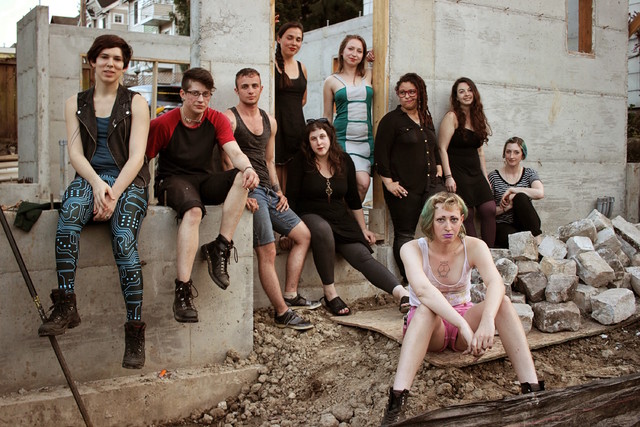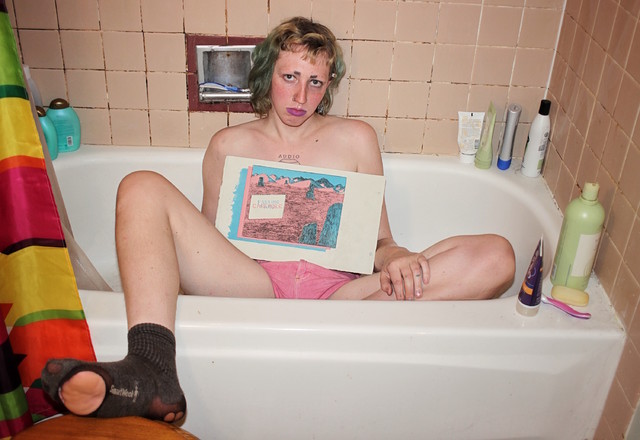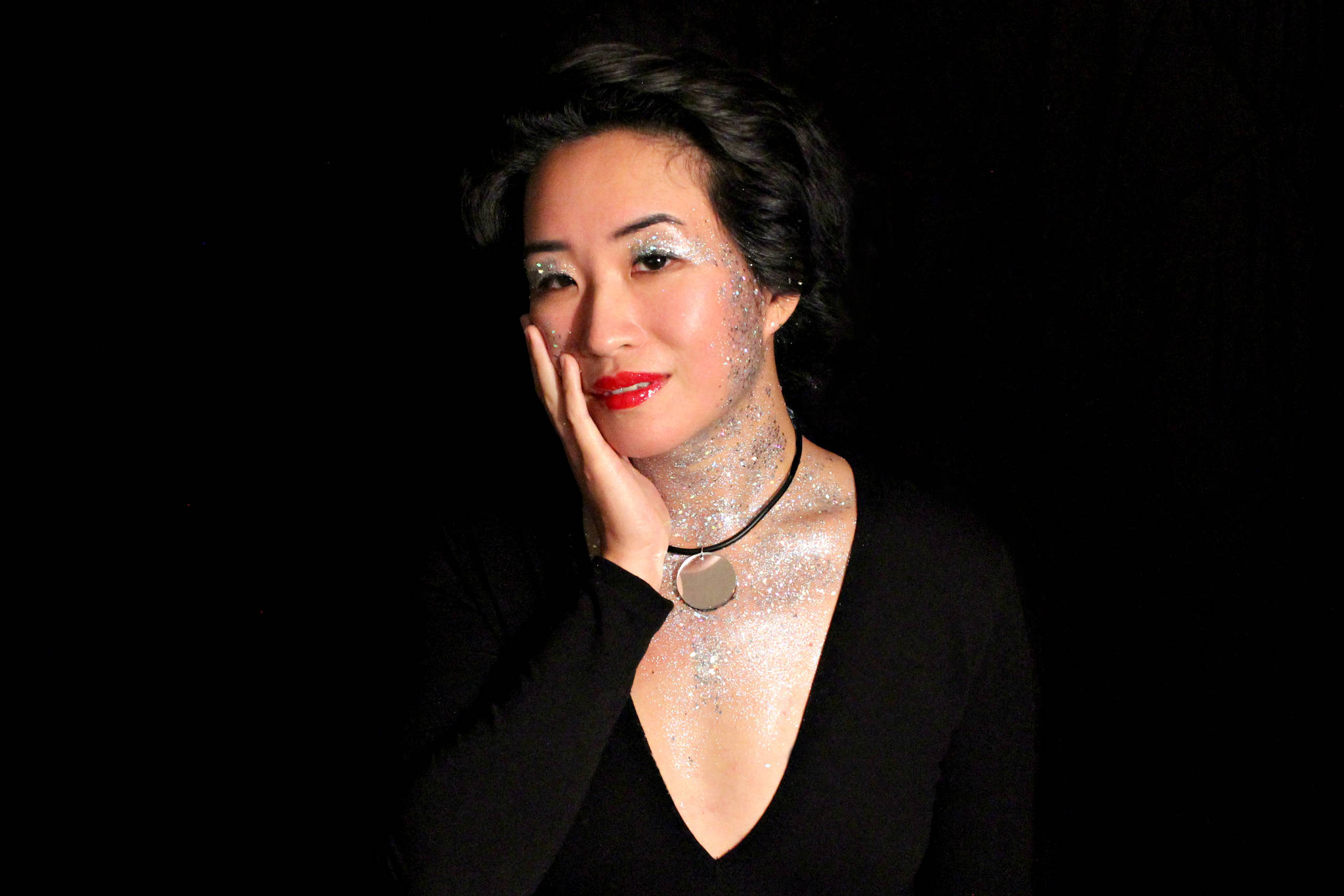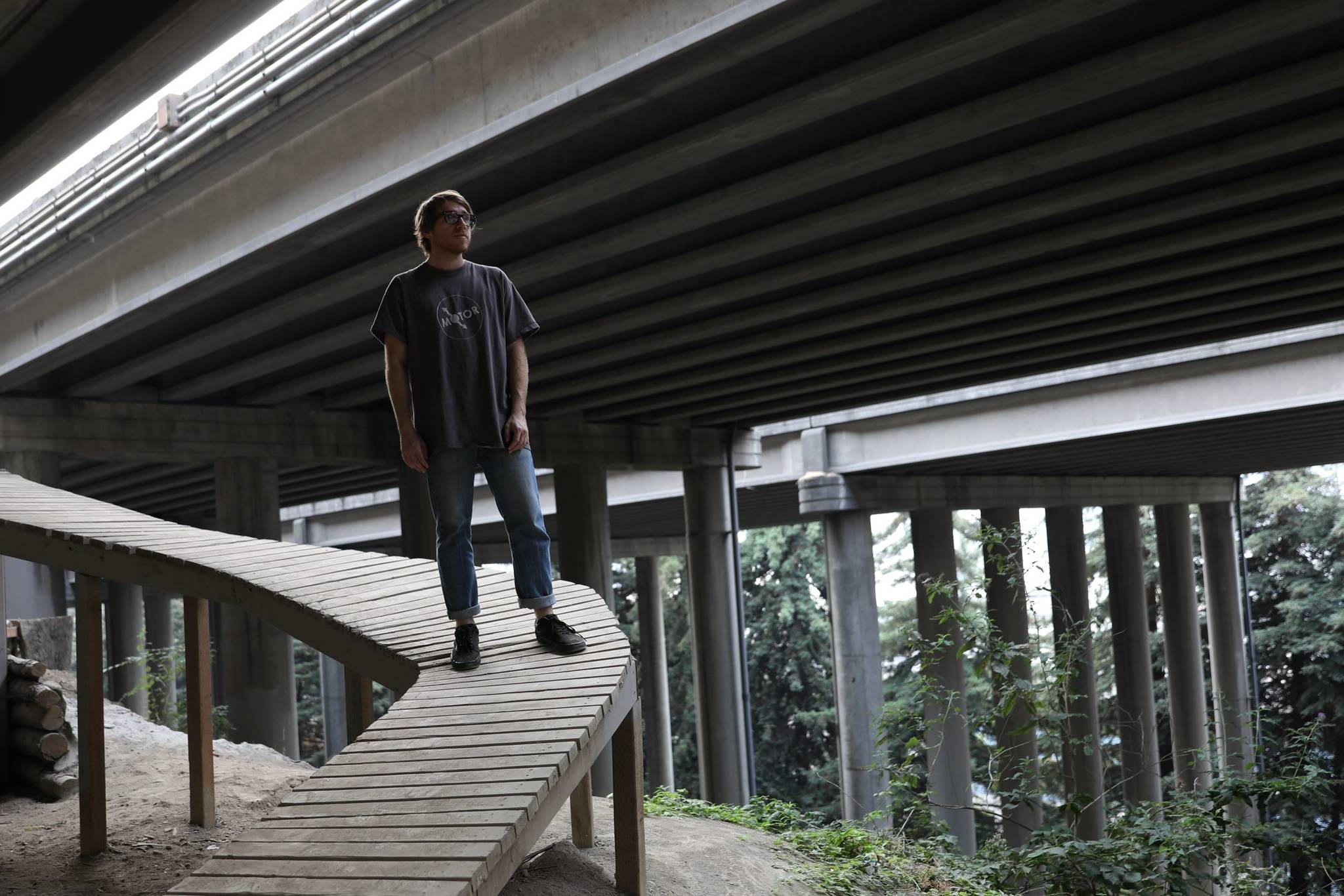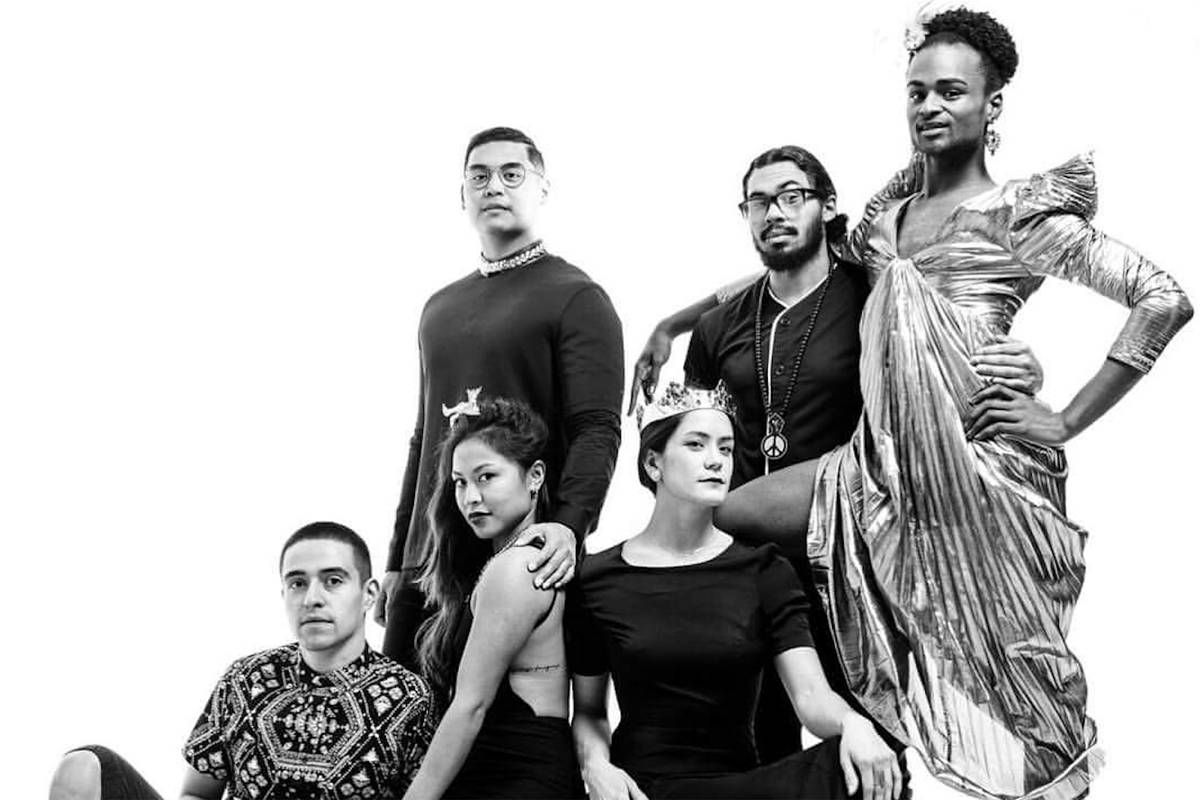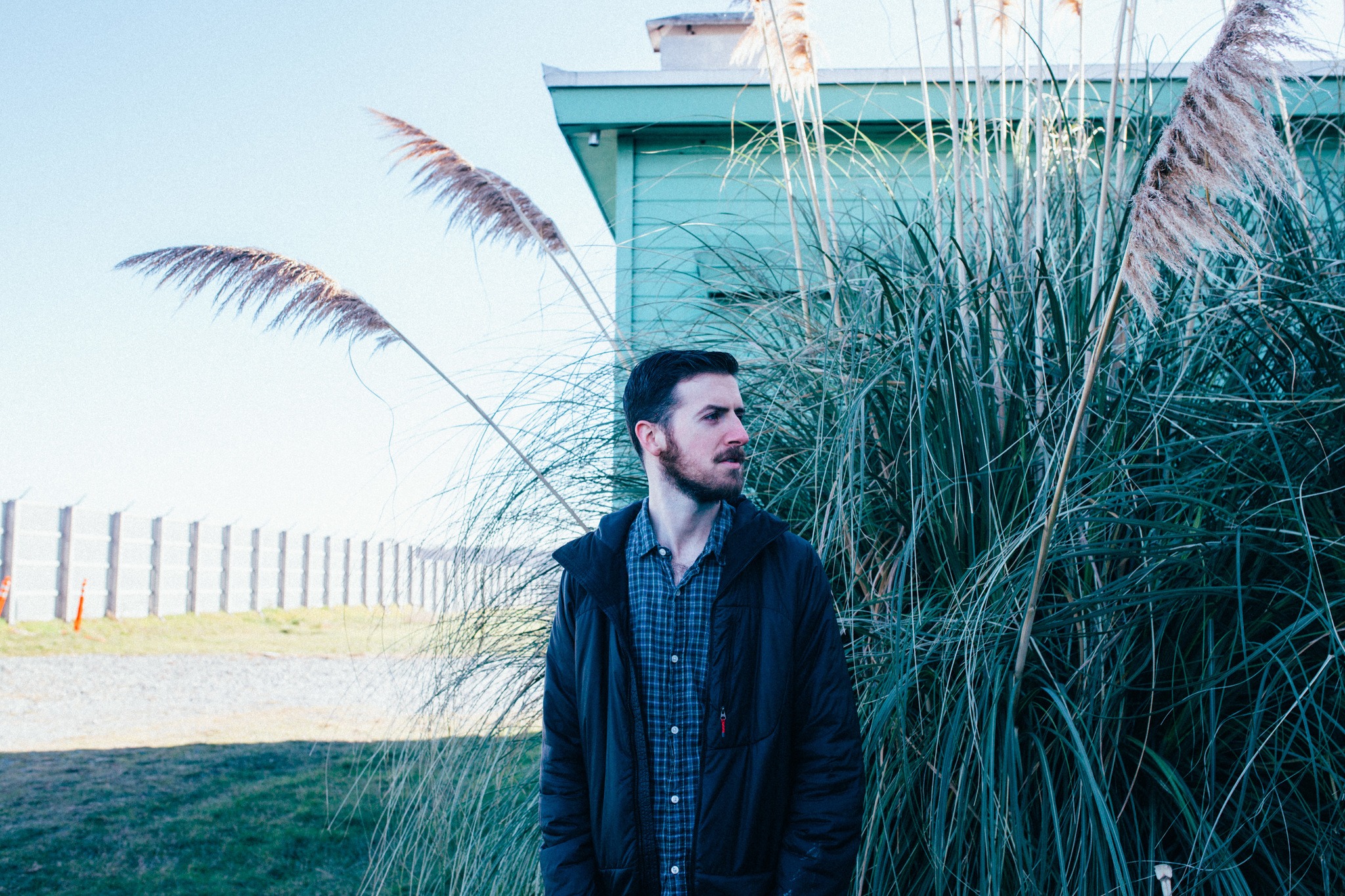I miss that house more than I’ve ever missed any place in my entire life, and that even includes all of my childhood spaces,” says Joansy Eberhart, one of the members of the queer and trans art collective Lion’s Main. The collective is gathered in a living room to share and workshop art across disciplines, just as they have every Tuesday for about three years. The apartment we’re in is one of the many surrogate meeting spaces Lion’s Main has used since they were forced to leave the Foundation, the nickname of the Madison Valley house which Eberhart remembers with bittersweet clarity.
“That house did a lot for the tiny bud that was Lion’s Main,” Eberhart continues. “There were all of these negative forces coming from outside—we lived in the center of a semi-wealthy neighborhood of families, and there we were, all of these young adults learning how to not just be shitty punks but also be functioning members of society.”
The Foundation’s original six residents set the parameters of what Lion’s Main would become. They wanted a place to build community and improve individually on a weekly basis—a space that would celebrate queer and trans art. The collective they founded has grown to include more than 40 members across disciplines—at tonight’s meeting I’ll see paintings, lithographs, comic illustrations, wood-block carvings, and photography and hear poems alongside sketches for performance-art pieces. Lion’s Main has put on several gallery shows and hosted two film festivals featuring queer and trans filmmakers of color, and will be hosting their largest event yet this weekend at King Street Station. Since the collective began in 2013, members have gone on to mount their own solo shows, and collective members Sofya Belinskaya and Markel Uriu even sold a mural to Facebook. Yet despite the group’s momentum, they’ve felt scattered and displaced ever since they lost the Foundation in 2014.
“Like everybody, we’ve had a million no-fault evictions,” says Calvin Gimpelevich, one of those original six. “Either the rent doubles or they sell the house and kick you out or both.” Gimpelevich remembers how hard it was to build their fledgling art collective in the middle of an affluent Capitol Hill neighborhood, and tells me that the neighbors would even slash the tires of their shitty van. “Like, these are the rich people!” he says. “The rich-ass white people are the ones slashing our van tires … I grew up in San Francisco proper, and I did not grow up in a great district, and I’ve never had more problems with neighbors. There would be people shooting up on the stoop where I grew up, and it was easier.”
Asked about her first Lion’s Main meeting, member Olivia Green remembers shyly sitting on the stairs leading up to the porch of the Foundation waiting for the meeting to begin. A girl walked up, stood at the base of the stairs, and serenaded them with a gentle song she’d just written on the ukulele. “It was so dreamy,” Green remembers. She had been living in New York, but “The experience of that first meeting and also my first Lion’s Mane show pretty much sealed the deal in terms of moving to Seattle.”
Later Green remembers something else about that sweet moment: One neighbor called in a noise complaint and came out of his house with a video camera to film the ukulele performance as “evidence.” It was about 7 p.m. and still light out on a sunny summer evening—but the man called the cops on a group of kids listening in rapt silence to a song on a ukulele.
This constant unwelcoming inspired Lion’s Main’s upcoming show, Transience, at King Street Station. Transience will explore themes of displacement, gentrification, and movement as well as liminal spaces and transitions—whether of gender or, as they put it, the process of “shitty punks” becoming functional human beings.
One Lion’s Main member, painter Sofya Belinskaya, is currently working on a project that she’ll be showing at Transience that hugs this theme closely. “I moved to Seattle in 2012,” she says, “and in four years I think this is my sixth or seventh apartment, so I’ve moved a lot. Living situations are never stable here, and so for the past year and a half I’ve been making watercolor paintings of houses.
“Whenever I’m walking down a residential street I always feel that I’m outside looking in, and that I’ll never be the one looking out. A lot of people in this community are kind of feeling like, When are we ever going to own property? I don’t think I’m ever going to own a house in this city, and my response to that is writing this mythology or story or fantasy or ode to these spaces I can only imagine what the lives inside of them are like. I can never have access to them.”When I ask the group if they think Capitol Hill is still the center for either the queer community or the arts community in Seattle, everyone bursts into laughter. Members talk about how they or their friends have moved south to Beacon Hill or Georgetown or SoDo, or left the city altogether for rural areas. Artists and queers still hang out on the Hill, they say, and they’re certainly the ones working all its service-industry jobs, but most of them are going “home” somewhere else.
The trope of gentrification is that artists and queers are typically the middle wave—or as collective member Pretty Eyes put it, “We are the ones that make the space safe and interesting for the rich white people to come in and enjoy.” And it’s also true that, to paraphrase Gimpelevich, the word “artist” can mean people at every level, including the ones getting pushed out first. “Being an artist isn’t necessarily a privileged category,” he says. “Being a career artist, however, is.”
Lion’s Main hopes to help its members and their constituency get a piece of that career-artist pie and achieve some staying power in the homes, neighborhoods, and cities they cultivate. Their ultimate goal is a community arts space: a gallery where they can sell and show the work of queer, trans, and PoC artists and also offer shared studio spaces and shared equipment—easels, cameras, software, screen-printing frames, etc. Right now they’re using words like “impossible,” “fantasy,” and “crazy” to describe this goal, but given what they’ve already accomplished, little seems impossible.
Despite the forces working against them, Lion’s Main is its own best defense. Transience marks a milestone for the group: It’s the first show they’ve received city-funded grants to mount, and they’ll be activating a larger community base than ever over three days in a major, centralized location. Even if they lost the Foundation, and the members continue to be shuffled like a deck of cards across this city, the arc of Lion’s Main shows that the community you make for yourself is a better fortress than any piece of property. King Street Station, 303 Jackson St., lionsmain.com. $5-$10. All ages. 8 p.m., Fri., May 6. Ends May 8.
